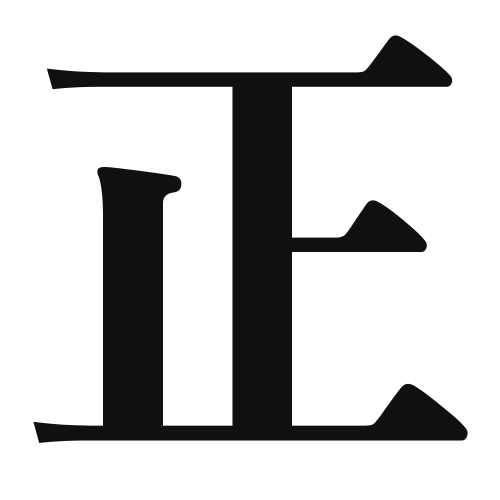1. Overview of Meaning
The kanji “正” (pronounced “sei” or “shou”) primarily means “correct,” “right,” or “justice.” It conveys the idea of something being accurate or in accordance with a standard.
2. Formation and Radical
The kanji “正” is classified as a phonetic-ideographic character (形声文字), which combines both meaning and sound. The character itself is derived from the ancient pictograph representing a straight line or a ruler, symbolizing correctness and order.
The radical for “正” is 正 itself, which emphasizes its meaning related to correctness and righteousness.
3. Examples of Usage
Common words and phrases that include “正” are:
- 正しい (tadashii) – correct, right
- 正義 (seigi) – justice
- 正確 (seikaku) – accuracy
Example sentences in daily conversation:
- この答えは正しいですか? (Kono kotae wa tadashii desu ka?) – Is this answer correct?
- 彼は正義のために戦っています。 (Kare wa seigi no tame ni tatakatteimasu.) – He is fighting for justice.
4. Synonyms and Antonyms
Similar kanji with related meanings include:
- 適 (teki) – suitable, appropriate (focuses on suitability rather than correctness)
- 真 (shin) – true (emphasizes truthfulness)
Antonyms of “正” include:
- 誤 (go) – incorrect, mistake
- 悪 (aku) – evil, bad (opposite of righteousness)
5. Cultural and Historical Background
The kanji “正” holds significant importance in Japanese culture, often associated with concepts of morality and ethics. It appears in various proverbs and idiomatic expressions, such as:
- 正直者が馬鹿を見る (Shoujiki mono ga baka o miru) – The honest person suffers (implying that honesty may not always be rewarded).
- 正しい道を歩む (Tadashii michi o ayumu) – To walk the right path (referring to living a virtuous life).
Overall, “正” encapsulates a fundamental aspect of Japanese values, emphasizing the importance of correctness and righteousness in both personal conduct and societal norms.
